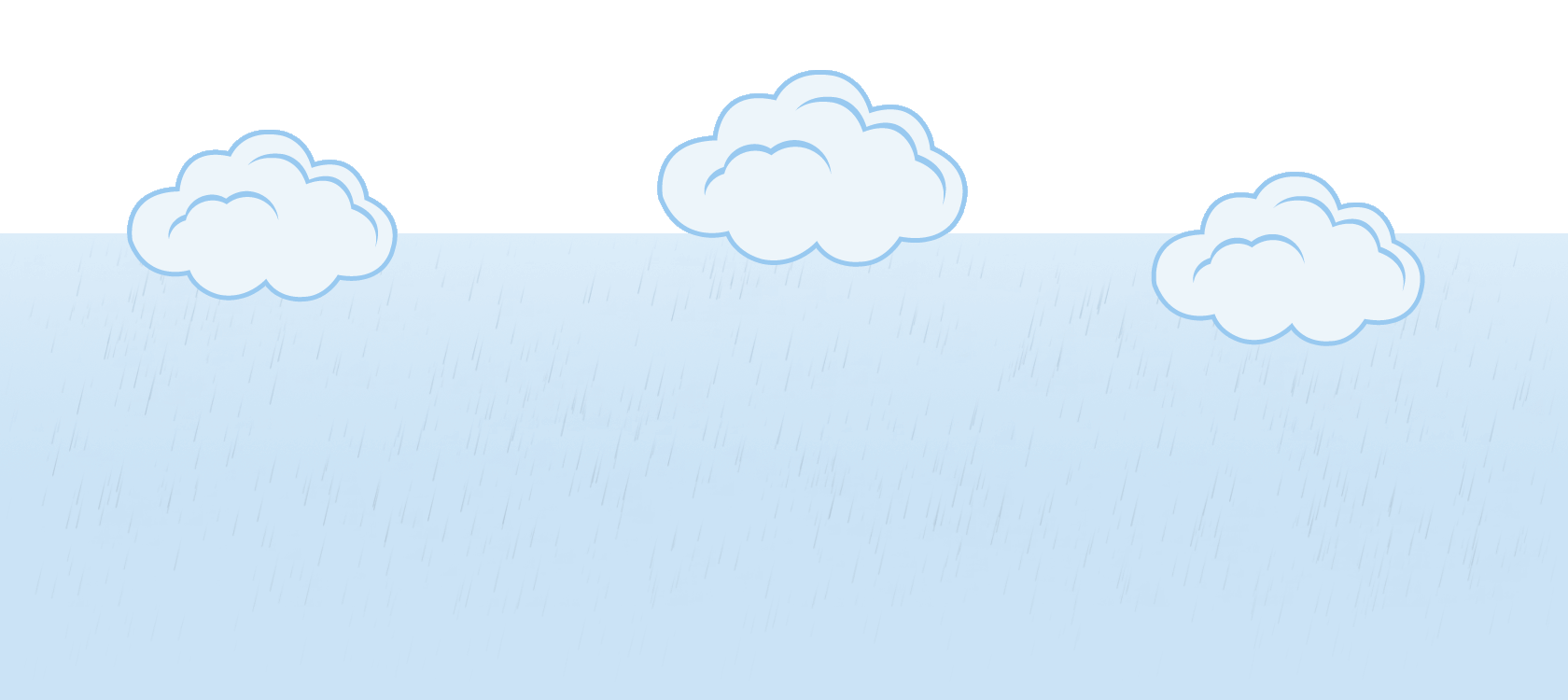Planet Earth is placed just the right distance from its Sun to make liquid water – and life – possible. The heat of daytime and summer allows liquid water to evaporate. The coolness of night and winter makes sure water condenses into clouds and returns to the planet’s surface as precipitation. This delicate balance protects Earth from the Sun’s life-damaging radiation and creates air and water currents that produce weather and climate.
In this collection of books, students will learn how Earth’s rotation and revolution around the Sun give us weather and seasons. These temperature variations, in turn, make the water cycle possible.
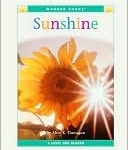 Sunshine. Alice K. Flanagan. 2003. Nonfiction. Grades K-1
Sunshine. Alice K. Flanagan. 2003. Nonfiction. Grades K-1
This early reader presents its information in one sentence per page with a related photograph on the opposite page. Youngest readers learn that the Sun is a ball of burning gas and that sunshine warms us, helps animals and plants grow, and lights the world. Two pages advise protecting oneself from the Sun’s strong rays. Word list.
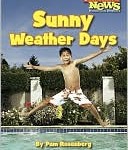 Sunny Weather Days. Pam Rosenberg. 2007. Nonfiction. Grades 1-2
Sunny Weather Days. Pam Rosenberg. 2007. Nonfiction. Grades 1-2
Basic facts about the connection between the Sun and the weather are presented in early reader format. The emphasis is on word building with a hunt for new words (pronunciation provided) and an index. Tips for protecting oneself from sun damage and sources of more information are given.
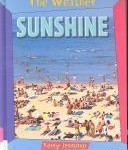 Sunshine. Terry Jennings. 2005. Nonfiction. Grades K-2
Sunshine. Terry Jennings. 2005. Nonfiction. Grades K-2
From the Weather Series produced by the UK publisher Chrysalis Books, Sunshine mixes short sentences and photographs on each page to tell about shadows, sunrise, plant growth, rainbows, and more. In spite of four pages devoted to the dangers of too-much Sun, the cover photo shows a crowded beach of sunbathers. Some of the interior photos depict localities in Europe. An eight-question quiz challenges readers to find the answers in the book. Word list with definitions and index.
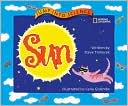 Sun. Steve Tomecek. 2001. Nonfiction. Grades K-3.
Sun. Steve Tomecek. 2001. Nonfiction. Grades K-3.
Full-page, whimsical illustrations in gouache follow two children and their lavender cat as they find answers to such questions as what is the Sun, why is it so bright, what makes it rise and set? (Note that the drawings are not intended to depict scale.) A simple activity demonstrates how the Sun makes day and night. Remember that Pluto was commonly considered a planet when this Jump into Science book was published by the National Geographic Society in 2001. You may want to point out this change in the number of recognized planets to young readers.
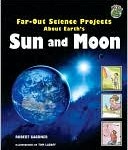 Far-Out Science Projects about Earth’s Sun and Moon. Robert Gardner. 2008. Nonfiction. Grades 4-5
Far-Out Science Projects about Earth’s Sun and Moon. Robert Gardner. 2008. Nonfiction. Grades 4-5
The author gives eight experiments that a student could do with easy-to-find objects and some adult help. He then adds ideas for creating science fair projects based on what is learned from the experiments. Each experiment has a list of things needed, a short explanation of the science involved, and illustrations. Subjects of experiments include the colors in sunlight, telling time, heat from sunlight, and seasons. Word list plus books and Internet sites for further information.
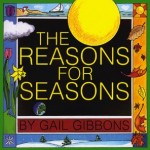 The Reasons for the Seasons. Gail Gibbons.
The Reasons for the Seasons. Gail Gibbons.
In this title, the author explains in succinct, easy-to-understand terms what causes the seasons to change in the two hemispheres. The text is amplified by trademark illustrations done in bright, primary colors. Children have difficulty grasping the fact that the season is just the opposite on the other side of the globe and why; this attractive offering will clarify that concept for them.
 On the Same Day in March: A Tour of the World’s Weather. Marilyn Singer. Illustrated by Franc Lessac.
On the Same Day in March: A Tour of the World’s Weather. Marilyn Singer. Illustrated by Franc Lessac.
On the same day that it’s icy cold in the Artic, it’s foggy in Louisiana, sunny in Barbados, and blowing wild winds called willy-willies in Australia. In this poetic exploration of longitude and weather, with bright and detailed paintings of seventeen different places, Marilyn Singer and Franc Lessac show us what’s happening from the poles to the equator– all on the same day in March.
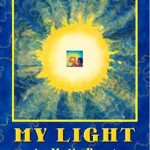 My Light. Molly Bang.
My Light. Molly Bang.
Often taken for granted, the sun gives us more than its light. Here, acclaimed author and illustrator Molly Bang presents a celebration of the wonder and power of the sun and its radiance. With dazzling paintings and a simple poetic text, MY LIGHT follows the paths of the sun’s rays, showing the many ways in which we obtain energy from its light.
Reviewed, but Not Recommended
Unfortunately, science-themed children’s literature can contain errors that undermine its usefulness in the classroom. Here are a few books that we would not recommend for use.
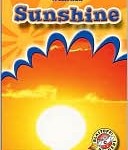 Sunshine. Ann Herriges. 2007. Nonfiction.
Sunshine. Ann Herriges. 2007. Nonfiction.
While much of the information in this book is correct, its description of the polar regions on pages 16-17 is not. The book states that “the top and bottom of the earth get the least sunshine,” but this is only true during the winter months. It also explains that it is cold at the polar regions because “there is not much sunshine to heat the air.” During the polar summer, parts of the Arctic and Antarctica receive up to 24 hours of daylight.
 Sunshine. Anita Ganeri. 2005. Nonfiction.
Sunshine. Anita Ganeri. 2005. Nonfiction.
On page 7, the text states that “Heat and light travel from the Sun to Earth in lines of sunshine. The lines are called rays.” While rays of sunshine do look like lines, the wording can promote a belief that rays are a physical entity, instead of energy. On pages 8 and 9, the text discusses the difference between the equator and the poles. It explains that the Sun “is right above [the equator],” a misleading phrase. While the Sun might appear to be directly overhead, it is not physically located in this position. Again, the description of the poles is oversimplified. Finally, on page 10, the text states, “Plants mix sunshine with water from the soil and carbon dioxide to make food.” While plants do require the Sun’s energy to produce food, they do not actually mix the sunshine with water and carbon dioxide.
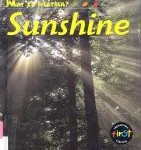 Sunshine. Miranda Ashwell and Andy Owen. 1999. Nonfiction.
Sunshine. Miranda Ashwell and Andy Owen. 1999. Nonfiction.
This book contains incorrect information about the reason for Earth’s seasons. On page 10, the text states: “Sometimes the part of the earth where you live is closer to the sun. The weather is warmer. This is called summer. The weather is colder in winter.” The idea that the Earth is closer to the Sun in summer (and farther away in winter) is one of the most common misconceptions about the cause of the seasons. In fact, it is Earth’s axial tilt that causes the seasons. The book also names Pluto as the ninth planet, although this fact alone would not be enough to disqualify the book from our list of recommended titles.
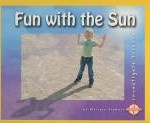 Fun with the Sun. Melissa Stewart. 2004. Nonfiction.
Fun with the Sun. Melissa Stewart. 2004. Nonfiction.
While much of this book is excellent, the recommended activity for the cause of the seasons (page 25) is problematic. In the activity, the child holds a flashlight (representing the Sun) and an adult tips the globe toward and away from the light. While this does identify Earth’s axial tilt as the reason for the seasons, the activity might lead to the misconception that Earth tilts back and forth during the course of a year. In fact, Earth is always tilted in the same direction. As it revolves around the Sun, the hemisphere that is angled towards the Sun naturally changes as a result of the revolution.
Additional resources were added to this article in June 2013 to include additional recommended texts.
This article was written by Kate Hastings, Carolyn Hamilton, and Jessica Fries-Gaither. Kate Hastings is a youth librarian at the Upper Arlington Public Library near Columbus, Ohio. Carolyn Hamilton is an editor at The Ohio State University. Jessica Fries-Gaither is an education resource specialist at The Ohio State University and project director of Beyond Penguins and Polar Bears. Email the authors at beyondweather@msteacher.org.
Copyright February 2011 – The Ohio State University. This material is based upon work supported by the National Science Foundation under Grant No. 1034922. Any opinions, findings, and conclusions or recommendations expressed in this material are those of the author(s) and do not necessarily reflect the views of the National Science Foundation. This work is licensed under an Attribution-ShareAlike 3.0 Unported Creative Commons license.
